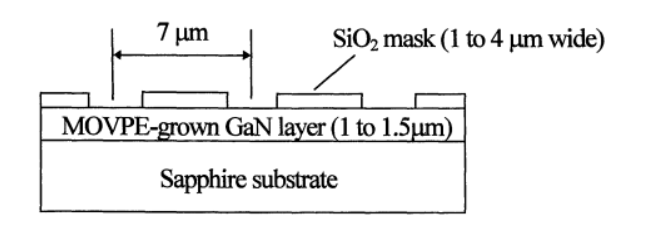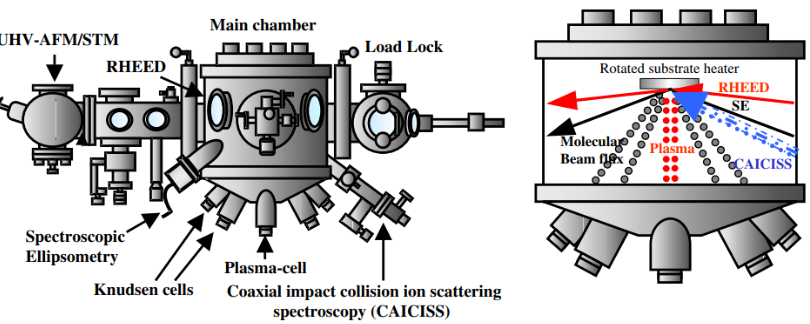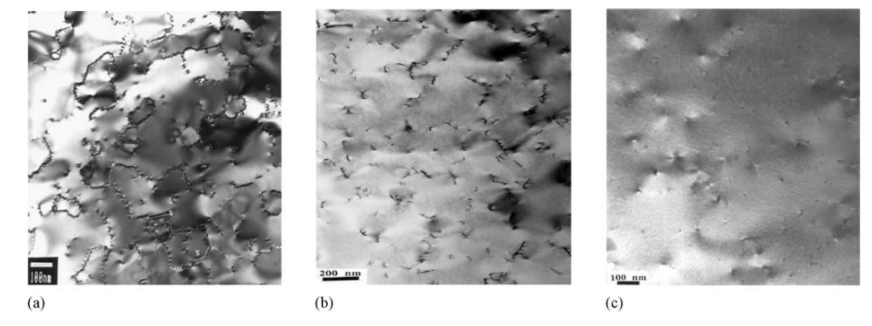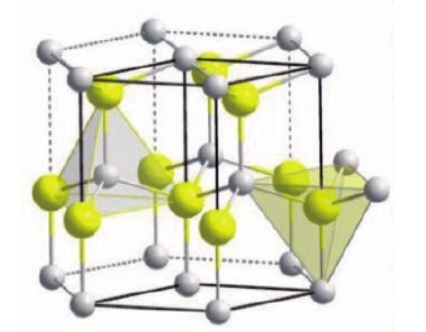Introduction to the third generation semiconductor GaN and related epitaxial technology
1. Third-generation semiconductors
The first-generation semiconductor technology was developed based on semiconductor materials such as Si and Ge. It is the material basis for the development of transistors and integrated circuit technology. The first-generation semiconductor materials laid the foundation for the electronic industry in the 20th century and are the basic materials for integrated circuit technology.
The second-generation semiconductor materials mainly include gallium arsenide, indium phosphide, gallium phosphide, indium arsenide, aluminum arsenide and their ternary compounds. The second-generation semiconductor materials are the foundation of the optoelectronic information industry. On this basis, related industries such as lighting, display, laser, and photovoltaics have been developed. They are widely used in contemporary information technology and optoelectronic display industries.
Representative materials of the third-generation semiconductor materials include gallium nitride and silicon carbide. Due to their wide band gap, high electron saturation drift velocity, high thermal conductivity, and high breakdown field strength, they are ideal materials for preparing high-power density, high-frequency, and low-loss electronic devices. Among them, silicon carbide power devices have the advantages of high energy density, low energy consumption, and small size, and have broad application prospects in new energy vehicles, photovoltaics, rail transportation, big data, and other fields. Gallium nitride RF devices have the advantages of high frequency, high power, wide bandwidth, low power consumption and small size, and have broad application prospects in 5G communications, the Internet of Things, military radar and other fields. In addition, gallium nitride-based power devices have been widely used in the low-voltage field. In addition, in recent years, emerging gallium oxide materials are expected to form technical complementarity with existing SiC and GaN technologies, and have potential application prospects in the low-frequency and high-voltage fields.
Compared with the second-generation semiconductor materials, the third-generation semiconductor materials have wider bandgap width (the bandgap width of Si, a typical material of the first-generation semiconductor material, is about 1.1eV, the bandgap width of GaAs, a typical material of the second-generation semiconductor material, is about 1.42eV, and the bandgap width of GaN, a typical material of the third-generation semiconductor material, is above 2.3eV), stronger radiation resistance, stronger resistance to electric field breakdown, and higher temperature resistance. The third-generation semiconductor materials with wider bandgap width are particularly suitable for the production of radiation-resistant, high-frequency, high-power and high-integration-density electronic devices. Their applications in microwave radio frequency devices, LEDs, lasers, power devices and other fields have attracted much attention, and they have shown broad development prospects in mobile communications, smart grids, rail transit, new energy vehicles, consumer electronics, and ultraviolet and blue-green light devices [1].
Media Contact
Company Name: Ningbo VET Energy Technology Co., Ltd
Email: Send Email
Country: China
Website: https://www.vet-china.com/







